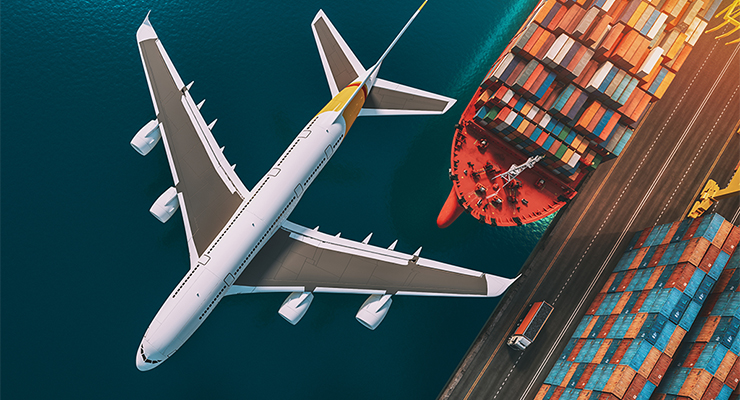This significant expansion, at a compound annual growth rate of 12.5% during the forecast period, can be attributed to the adoption of innovative last-mile delivery methods, including the Internet of Things, data analytics, and urban warehousing.
Key findings of the report:
- The e-commerce retail logistics segment is estimated to grow at the highest CAGR of 13.2% over the forecast period. The growth is primarily attributable to the global spread of the coronavirus, which resulted in a surge in sales for e-commerce portals. Furthermore, rising internet penetration, combined with perks such as easy and free returns/exchanges, fast delivery, lower shipping costs, and a vast product selection, contribute to e-commerce retail’s rapid rise.
- The conventional retail logistics segment dominated the market, accounting for a revenue share of 56.1% in 2022. The segment’s growth is attributed to the growing usage of conventional retail logistics services by customers who have limited reliance on the Internet and hence prefer to shop in conventional retail establishments. Furthermore, it has been discovered that approximately 36% of shoppers prefer to purchase things from traditional retail outlets after researching them online.
- The supply chain solution segment accounted for a notable market share, valued at around 80,70 billion dollars, in 2022 as a result of the increased adoption of cloud-based solutions in supply chain management. These solutions enabled retail companies to effectively track and optimize transportation as well as efficiently manage returns. This segment is expected to continue its dominance over the forecast period.
- Last-mile delivery strategy is anticipated to drive the growth of the market in the coming years. With the ability to access products from various online sources, customers have the advantage of comparing delivery time, prices, features, specifications, and compatibility requirements. This puts traditional distributors and brick-and-mortar businesses at a disadvantage, as e-commerce platforms could offer more advantages.
- The roadways mode of transport segment held the largest market share of 51.9% in 2022 in terms of revenue and is expected to dominate over the forecast period. Increasing demand for roadway vehicles to transport retail goods over long distances, especially in domestic regions, has increased the growth of the roadways segment.
- Asia Pacific accounted for the largest revenue share of 26.7% in 2022. The region is home to a vast customer base and has witnessed significant adoption of e-commerce channels by individuals. China, Japan, Australia, and India are among the leading item exporters, accounting for a considerable share of worldwide retail e-commerce sales. As a result, the region’s promising e-commerce growth prospects are the primary drivers of regional retail logistics market expansion. The presence of a significant consumer base for retail items is accelerating the expansion in the region.
As retailers strive to optimize their supply chain operations and meet evolving consumer demands, technological advancements, and strategic logistics solutions will play a pivotal role in shaping the industry’s future.
Find out more about this report here.







